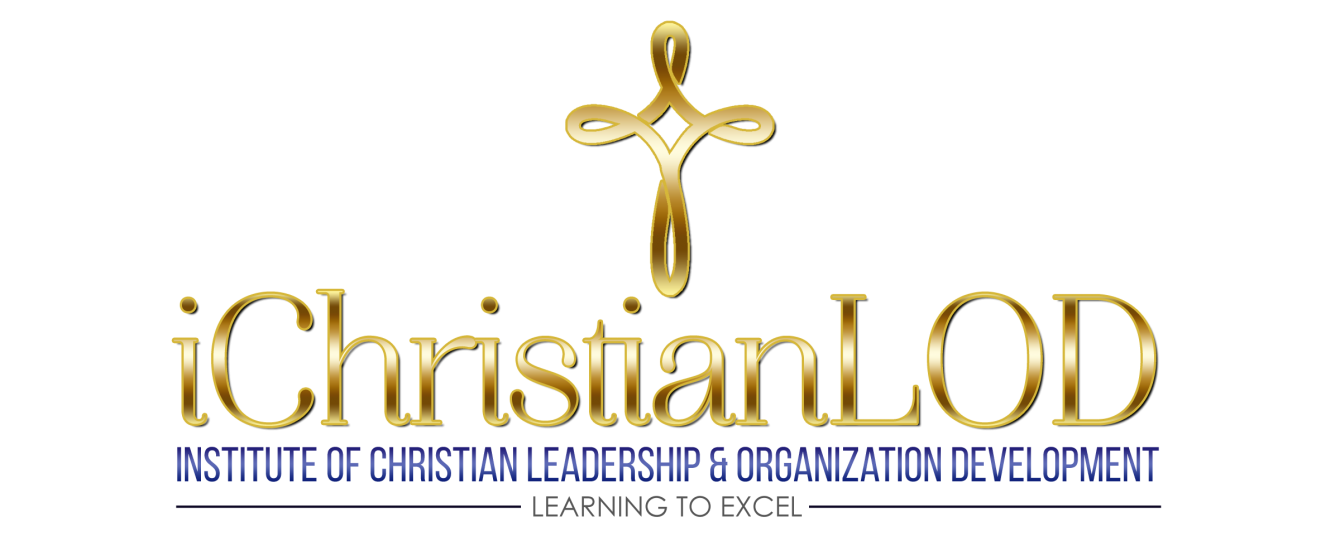The Face of 22nd Century Leadership
Conscious Leadership for 22nd Century Organizations
Conscious leadership (CL) is a leadership theory that focuses on increased self-awareness of the leader as a means of creating a conscious business (CB), defined as a business that operates with three primary goals: operating with a higher purpose than profitability; sincere concern for all stakeholders; creating an organizational culture founded on trust, honesty, social responsibility (Legault, 2012).
Unlike transactional and transformational leadership, CL is scientifically-based on the premise of the operation of the prefrontal cortex part of the brain, which regulates emotions as part of the decision-making process and behavior. CL is thought to be more practical than other leadership theories that are based purely on behavior and profit-making strategies. According to Standard and Poors, CBs operated by conscious leaders have outperformed traditional organizations in the marketplace by a 9-to-1 margin over a ten-year study period (Pillay and Sisodia, 2011).
Organizations are thought to be the most influential bodies in modern society because organizations achievement goals and solve problems. Therefore, if society expects to transform our world into a better place, it seems reasonable that transformation must begin within the four walls of our organizations. This fact places a significant onus of those who desire to lead organizations, to commit to their own personal growth (Legault, 2012).
Conscious leaders, are leaders who effective lead others with an expanded view that is required to effectively maneuver organizations in the complex and constantly changing global society in which we now live. This type of expanded view requires what is called both horizontal and vertical growth of the leader, which occurs through increased and deep self-awareness as opposed to self-focus. Horizontal growth is accomplished through the more common life experiences, e.g., education, training, and experiential learning. Vertical growth is a much more uncommon type of growth, in that it transforms one’s perspective in terms of how one thinks, feels, and behaves. Vertical growth moves the leader from ego-centric to a broader perspective that understands the connection between organizations and societal needs (Legault, 2012).
If we compare transactional leadership theory where intrinsic and extrinsic rewards are used to achieve desired performance, although rewards and/or punishments may be effective for a season, rewards and/or punishments do not create transformation within the worker, e.g., developing a better work ethic, or commitment to organizational goals. Workers are inspired by rewards, and not necessarily by the corporate vision (Hughes, Ginnett, and Curphy, 2012). Although conscious leaders may also use rewards and punishments, their vertical growth which encompasses morality and a spiritual core, will use rewards in a way that does not merely improve performance, but in a way that is consistent with the conscious culture, thus benefiting the entire organization and society in the process.
In the case of transformational leadership, a leadership theory based on changing a flawed status quo by appealing to the values of followers, transformational leaders are often charismatic leaders who are adept at casting vision and building trust by raising the level or standard of human behavior. This trust, however, is based on their ability to deliver and to walk-the-lofty-talk, somewhat of a heroic image. In our very complex and public society, living up to the heroic image is virtually impossible. It is obvious that no one person has all the answers to the complex issues of our day (Hughes et al, 2012).
The shortcomings of our more traditional leadership theories accentuate the need and value of conscious leadership theory, which removes the focus of leadership from the imperfect leader to the higher purpose of the organization, the welfare of all stakeholders, and the development of a conscious culture. It is this conscious culture led by conscious leaders that is most capable of transforming society by embracing the whole leader and follower (Legault, 2013).
There are 15 commitments that characterize the conscious leader who operates from a different perspective than the defensive survival mode. Although normal, the latter is problematic in that when we sense a threat in our environment, our brain automatically goes into survival mode, which takes us into a defensive mode where we are more obsessed with being right, an ego-centric activity, as opposed to a more healthy perspective where we approach the situation with the intent of learning from it (Dethmer et al, 2014).
The Role of Self-Awareness, Self-Concept, and Emotional Intelligence
Self-awareness is thought to be the starting point for the conscious leader. The greater the leader’s knowledge about himself or herself, the more adept will that leader be at shifting, and placing himself in a position to learn. The greater the leader’s consciousness, the more adept the leader becomes at leading and operating from a conscious level, which increases effectiveness. Self-awareness increases the level of self-control the leader has within his environment, which in turn increases the leader’s ability to learn and succeed (Dethmer, et al., 2014).
Consciousness is awareness. The more clarity one has about their own self, the more confident they will be about their decisions and behavior. If a person does not like something about their own self, they must first become aware of what it is they dislike before they are able to change it. How one thinks about one-self will affect their ability to lead. The 15 commitments to conscious leadership help the leader increase awareness of the self for the benefit of contributing to the wellbeing of society (Kreitner, 2013).
Emotions are stimulated and emanate from one’s connection with their environment, and in this way influence one’s behavior and choices. By increasing one’s awareness and recognition of which emotions are in play in a given situation, i.e., awareness, the conscious leader has greater knowledge at his or her disposal to choose the most appropriate behavior that is aligned not only with personal values, but also with the values of the conscious culture and higher purpose of the organization. This, of course, works directly to increase the success of the organization (Kreitner, 2013).
References
Dethmer, J., Chapman, D., & Klemp, K. W. (2014). The 15 Commitments of Conscious
Leadership a new paradigm for sustaining success. Retrieved from
file:///C:/Users/Patron/Downloads/CLG-15%20Commitments%20(2).pdf
Hughes, R., Ginnett, R. and Curphy, G. (2012). Leadership enhancing the lessons of experience
seventh edition. McGraw-Hill Irwin: New York, NY.
Kreitner, R. (2013). Organizational behavior tenth edition. McGraw-Hill Irwin: New York, NY
Legault, M. (2012). Conscious capitalism: leaders and organizations with a world view.
Retrieved from http://integralleadershipreview.com/6686-conscious-capitalism-leaders-
and-organizations-with-a-world-view/
Pillay, S. S., and Sisodia, R. (2011). A case for conscious capitalism: conscious leadership
through the lens of brain science. Retrieved from
https://iveybusinessjournal.com/publication/a-case-for-conscious-capitalism-conscious-leadership-through-the-lens-of-brain-science/

